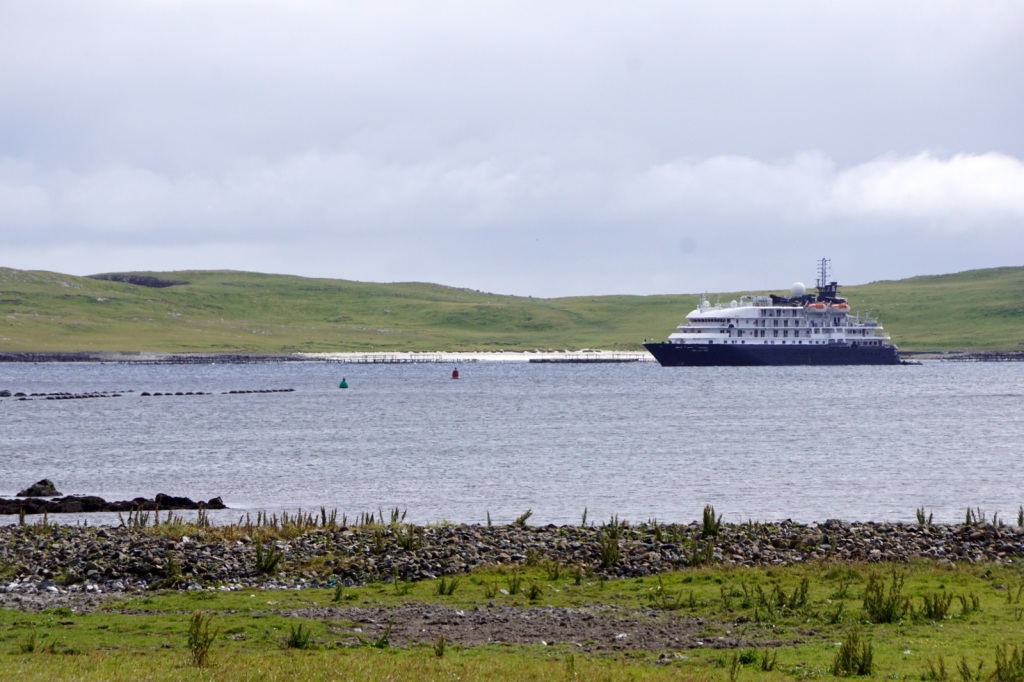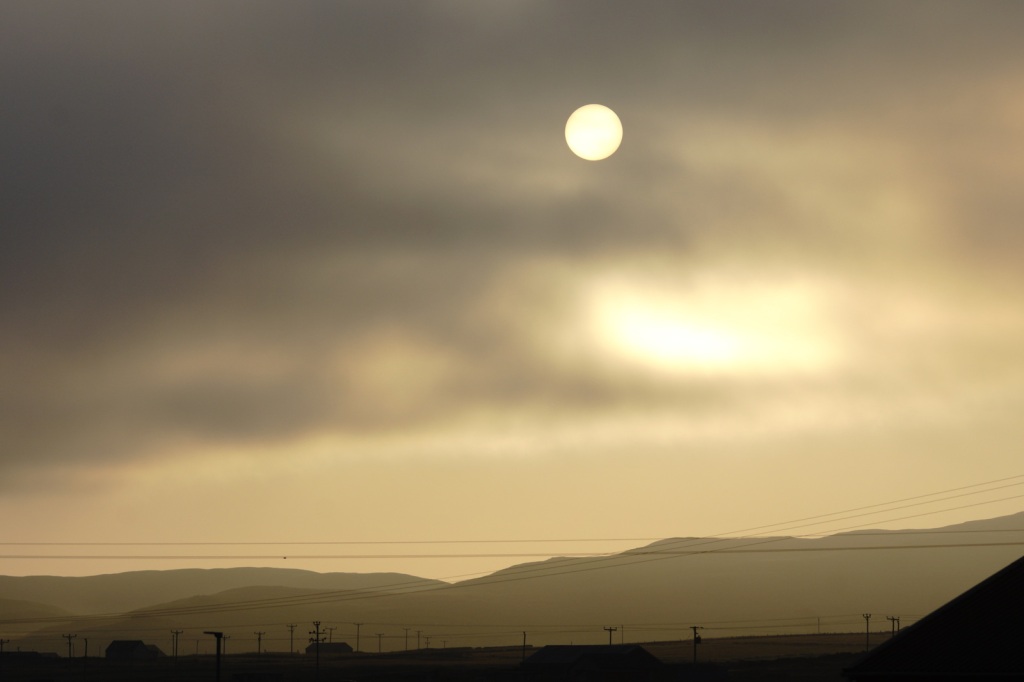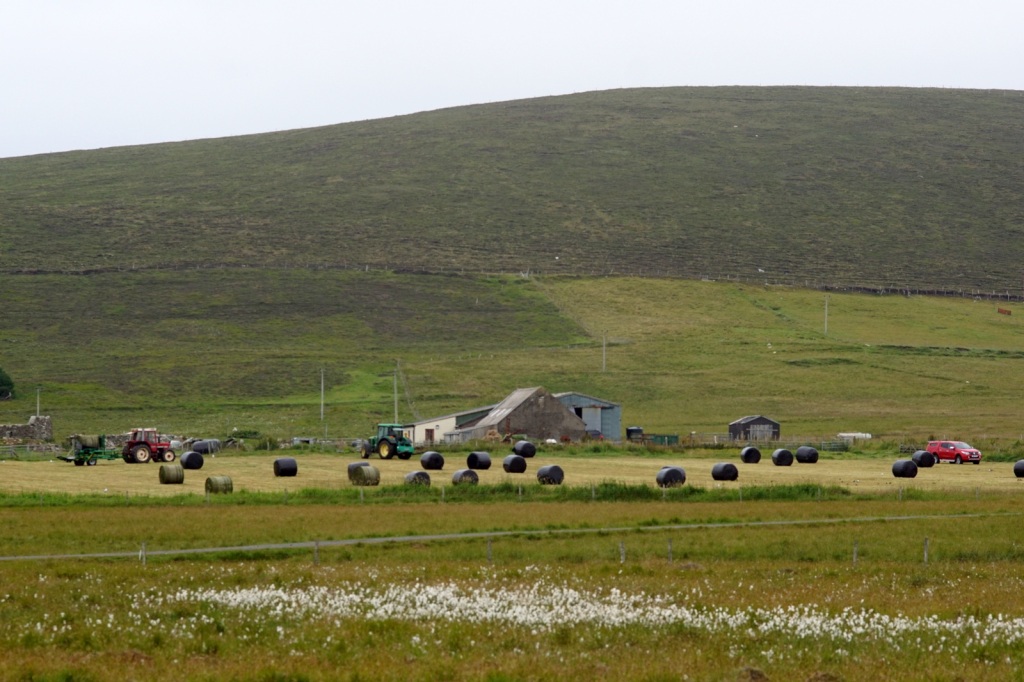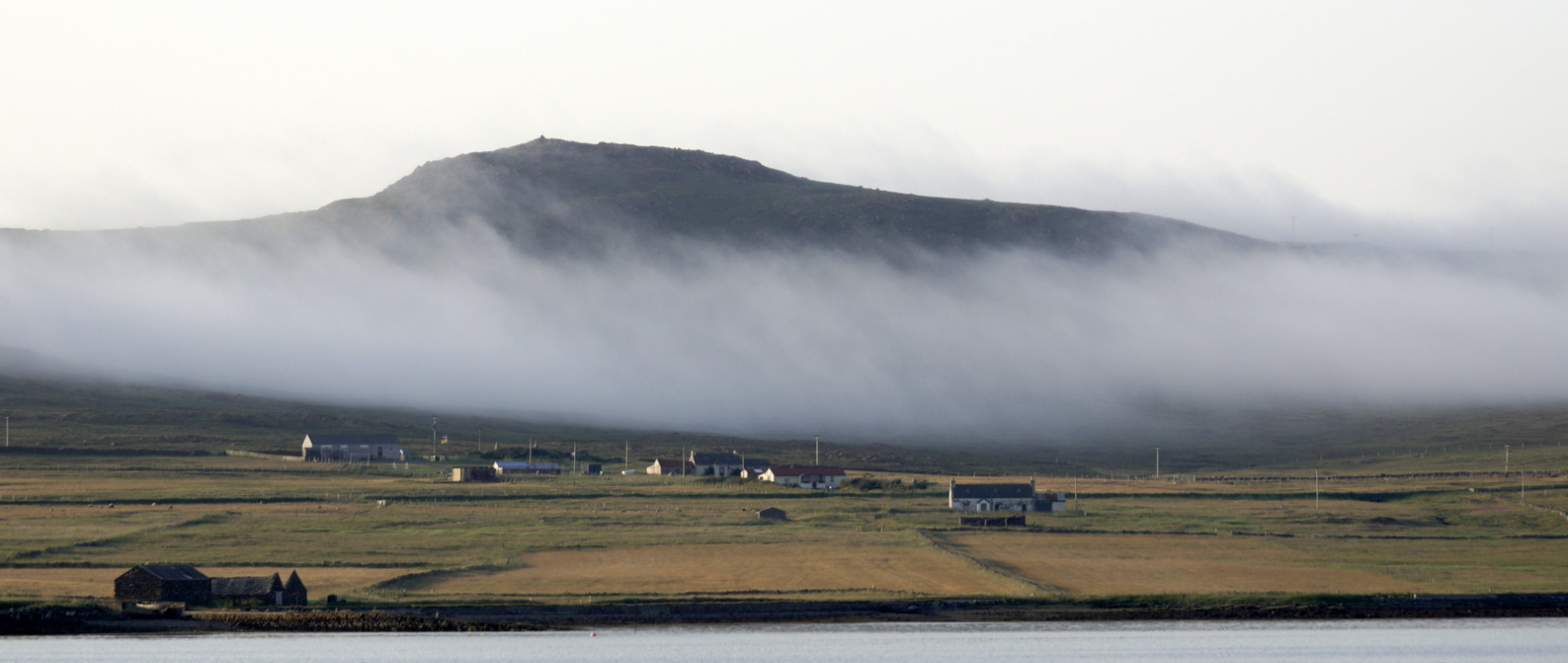The breeding season for Great Skuas, aka Bonxies in Shetland, or Skooies in North Unst, began normally enough. There did seem to be fewer territories at Toolie, at the end of the Hermaness boardwalk, but I put that down to overcaution after being caught out by lockdown last year and nesting too close to the path. But laying and hatching all seemed to progress as normal.
I didn’t leave the well worn paths on Hermaness in mid-July. When I did I was shocked. Wandering round for 2-3 hours in prime Bonxie habitat, it was eerily quiet. We weren’t dive-bombed in anger once. A few half-hearted swoops, but it was though none of them had any chicks.
The Bonxie productivity plot was due to done before the end of July. It promised to be interesting. I was expecting productivity to be low – but not zero. Not a chick. Not a single one. One adult swooped and squealed a few times. It was a territory I had passed through a few days earlier, and I’m sure there was a chick then. But the adult soon gave and kept returning to land next to the remains of a dead chick. And that was another notable feature. Hardly any corpses. In 2020, productivity was low: just seven chicks in the plot, but 21 corpses as the colony cannabilised itself. This year, it would appear hardly any chicks got large enough to leave identifiable remains. On 8th July, I had seen two adults eating a small fluffy chick. I had thought it was unusual at the time, but had no idea what it presaged.
While carrying out the productivity survey I came across my first dead adult Bonxies. There had been reports od dead or dying Bonxies on Fair Isle in early July, then on Foula and elsewhere. There were also dead adults at Burrafirth, a dead juvenile on Hermanesz Hill a few days, even, looking rather out of place, a dead adult on the Keen of Hamar. Results from the autopsies of the original Fair Isle corpses have just been published and three of the four birds had an unidentified strain of bird flu.
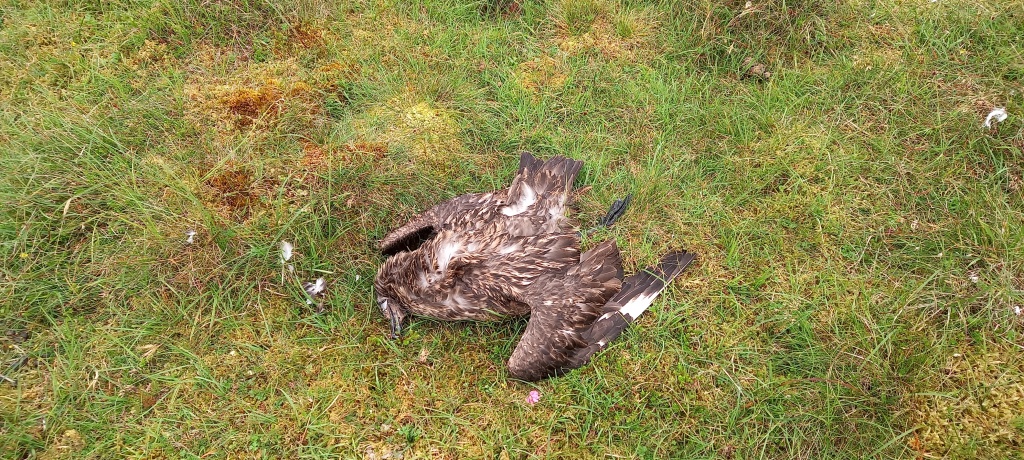
Wandering around the rest of Hermaness would suggest that most of the reserve has failed to produce any chicks. There was one area I found where my passage across the moorland was accompanied by the expected swirl of agitated Bonxies – but even there I only saw one chick.
Some of the other seabirds on Hermaness have not done too well either. Red-throated Divers only reared three chicks, which was at least one more than last year.
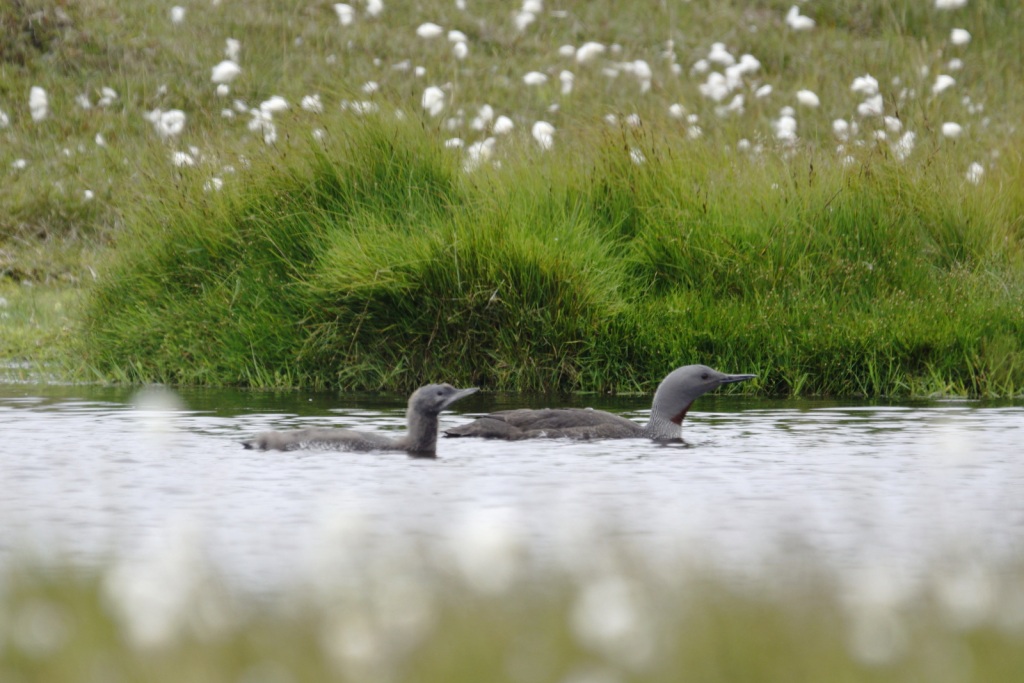
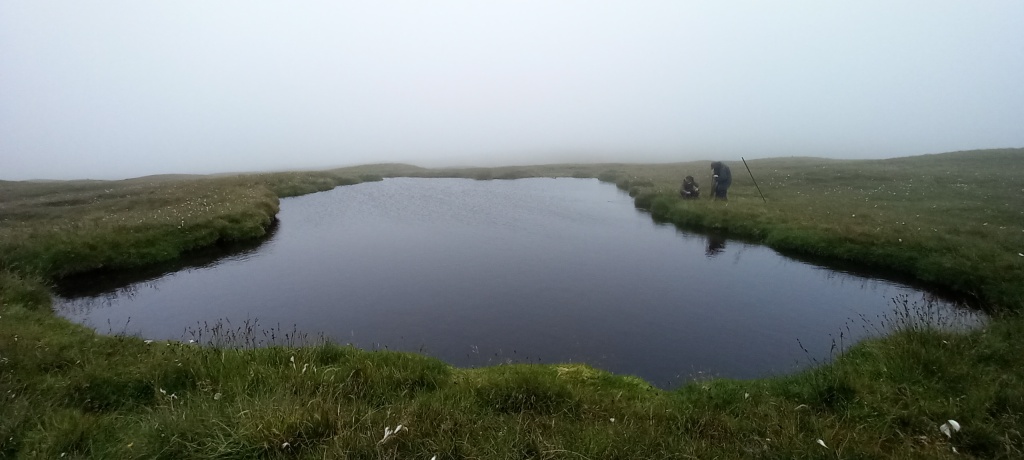
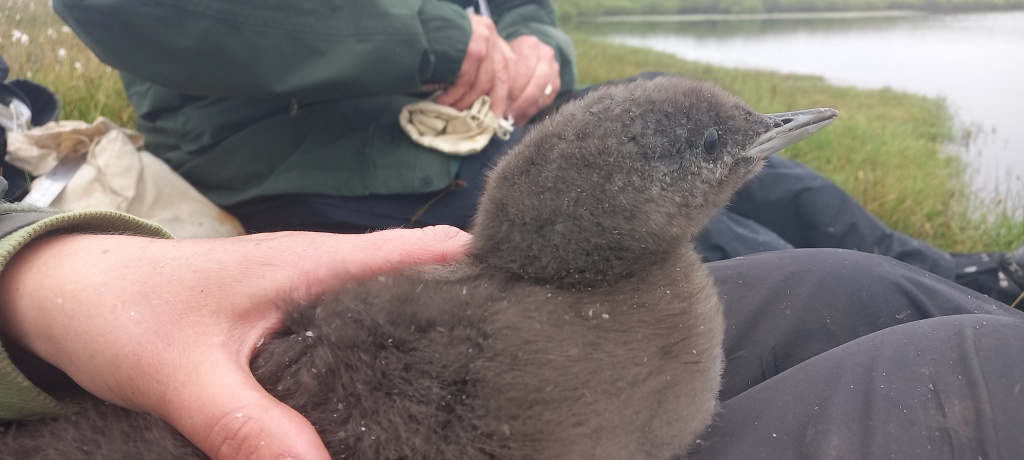
Fulmars though had a very poor year, productivity in the monitoring plots being the second-lowest on record, going back to 1990. They are probably suffering from changes in the discard laws for fishing boats, as they find a lot of their food around fishing boats. Kittiwakes did okay; similar to the last few years, although, according to a recent paper, nowhere near enough to be viable.
Gannets, at least, seem to still be doing well. One of the pairs of Arctic Skuas on Hermaness reared two chicks, presumably due to the absence of rapacious Bonxies around their territory. It was nervy watching the juveniles flapping butterfly-like around even without any Bonxies watching.
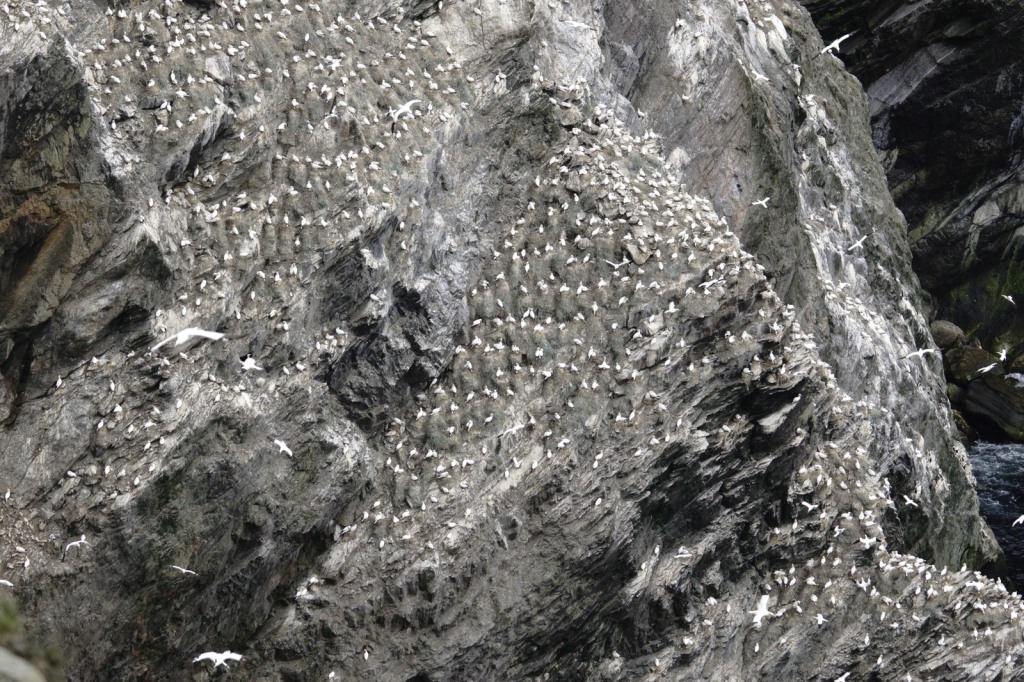
It is very difficult to assess what goes on with auks on Hermaness. There have been plenty of Puffins around, but the visible ones are non-breeders. You rarely see birds carrying food on Hermaness. Adults fly straight into their burrows because of the Bonxies. Guillemot colonies are very difficult to monitor and those on Hermaness are just too distant. I was surprised to see quite a few Guillemots still ashore on 2nd August, and there seemed to be mainly adults and very few remaining juveniles.
Moth-trapping was interesting, even without there being much evidence of immigration. I did run a moth trap at Norwick, but across the valley from Valyie were I have trapped before, and it was nowhere as productive. A Dark Spinach there, though, was only the fifth for Shetland.

The main migrant was Bird-cherry Ermine, with up to five in a night in the Baltasound trap.
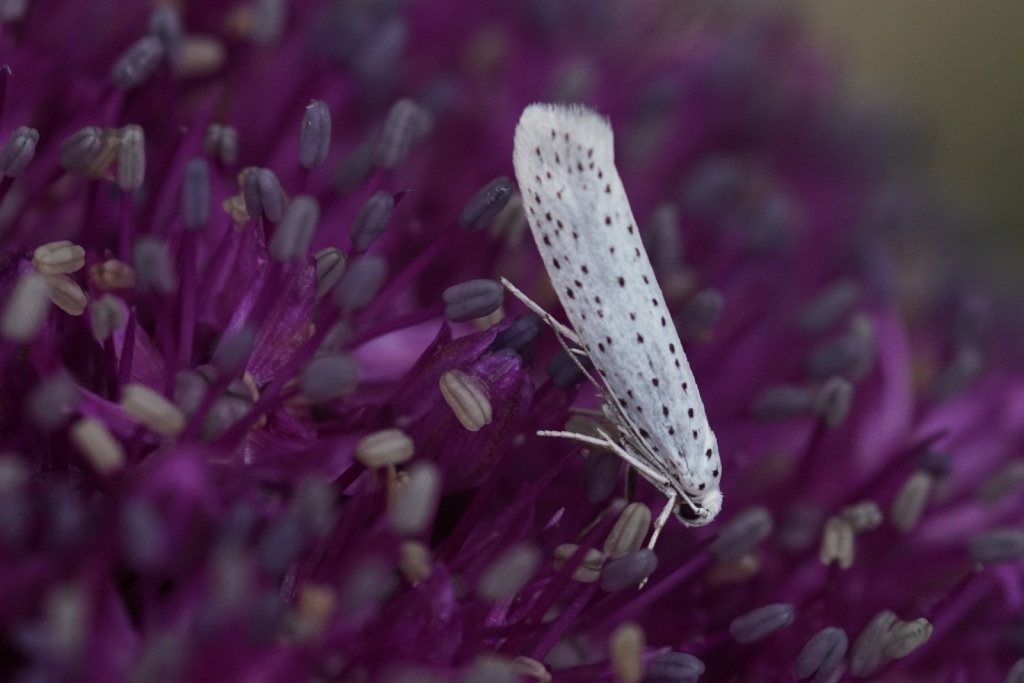
Keith Lugg lent me a 4W UV LED trap, which I have only used a few times, but it has proved its worth. Setting it in Norwuck dunes produced Unst’s second record of Smoky Wainscot but, as there were three, it would appear the species has colonised. Setting on the Keen of Hamar produced over 100 moths on one night, including five Northern Rustics.


I’m also trying to get a handle on caddisflies (again).

Returning to Bonxies again, I saw what I thought was a once in a lifetime event for the second time in three months! Arriving to check the moth trap at Norwick, Dave shouted at me to come and see a Bonxie dispatching another Grey Heron in the bay! Together with several reports of Bonxies attacking Greylag Geese (not unprecedented but never so obvious), it is another sign that all is not well in Bonxieworld.

Late July can see the start of autumn migration in some years. It has been quite quiet this year, although I missed the two good birds. Only Brydon saw an adult American Golden Plover in Baltasound and I was in the wrong place twice for a Honey Buzzard around the Heogs, a bird which had originally been seen in South Mainland before spending several weeks on Fair Isle. The Bonaparte’s Gull was still around, however, and the male King Eider was still summering in Baltasound. A Long-eared Owl at Burrafirth was unexpected. But how far had it come? It looked like a fledged juvenile. Even more unexpected was hearing a Quail calling in the mist on the top of Hermaness Hill while ringing a diver chick!

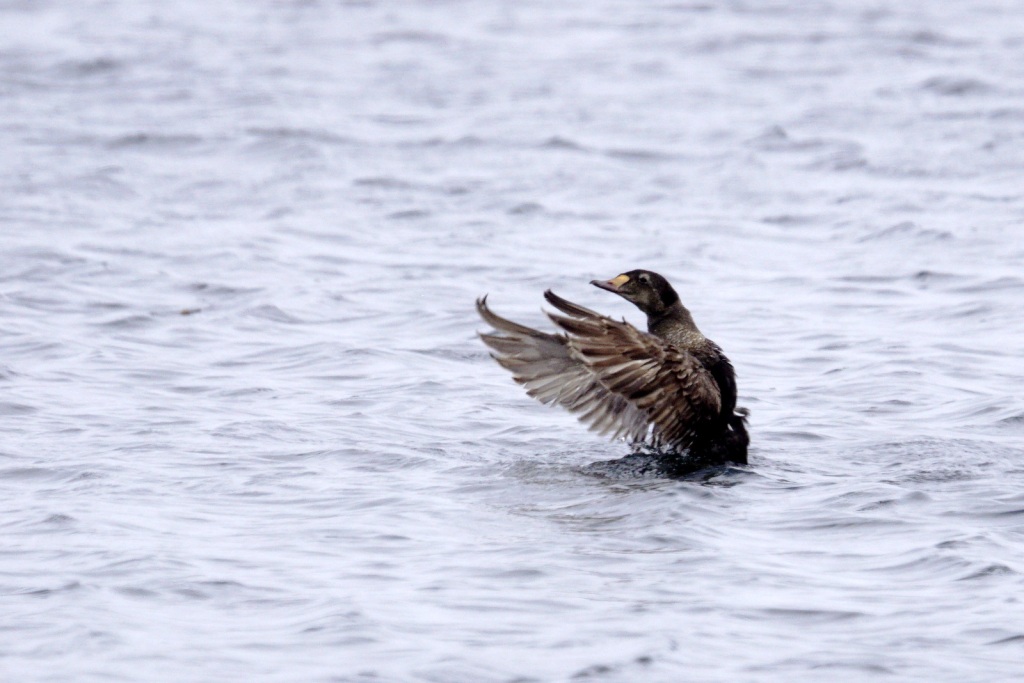
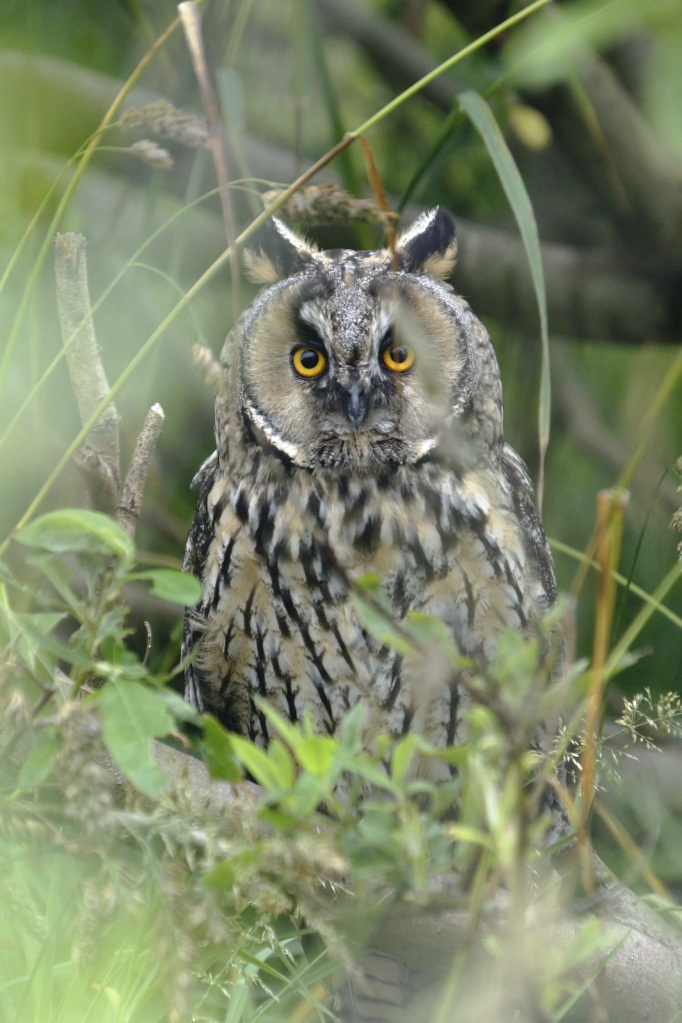
Phil and Glen came up for a Storm Petrel session on 23rd, but it never really got dark and, while there were Leach’s Petrels flying around the net, they could clearly see it.
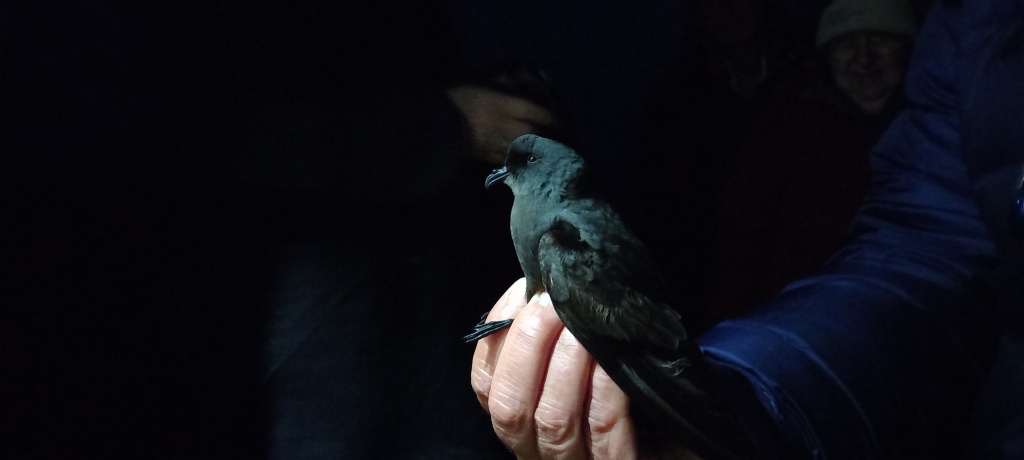
On 1st August, I added a new string to my bow by doing some guiding for a cruise ship. I have guided once before for an Unst cruise visit, but it was a Keen of Hamar trip, so it was basically just normal Keen guided walk type stuff. This time I was on a coach with a microphone showing general visitors from MV Island Sky around the island. I think I got away with it 😉
